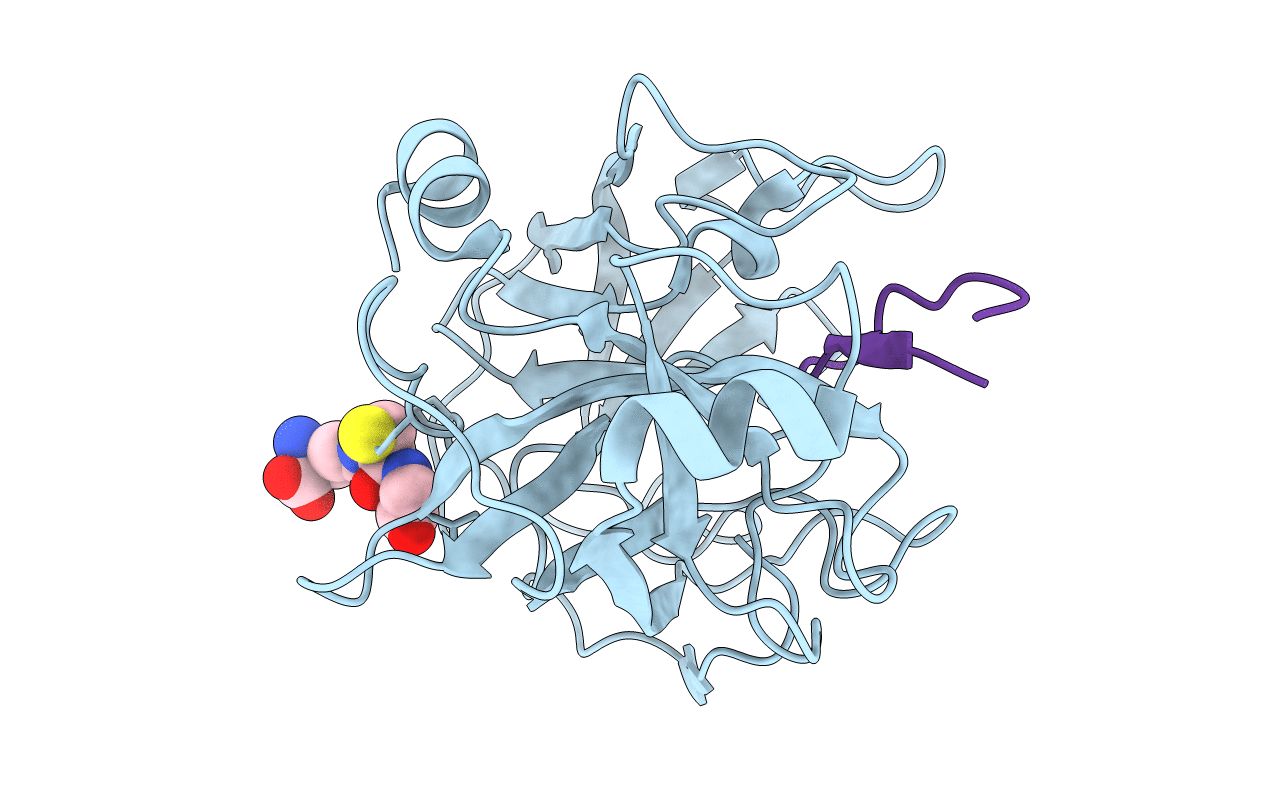
Deposition Date
2010-10-13
Release Date
2011-08-10
Last Version Date
2025-03-26
Entry Detail
PDB ID:
3P8F
Keywords:
Title:
Crystal Structure of MT-SP1 in complex with SFTI-1
Biological Source:
Source Organism:
Homo sapiens (Taxon ID: 9606)
Helianthus annuus (Taxon ID: 4232)
Helianthus annuus (Taxon ID: 4232)
Host Organism:
Method Details:
Experimental Method:
Resolution:
2.00 Å
R-Value Free:
0.24
R-Value Work:
0.19
R-Value Observed:
0.19
Space Group:
P 41 21 2


